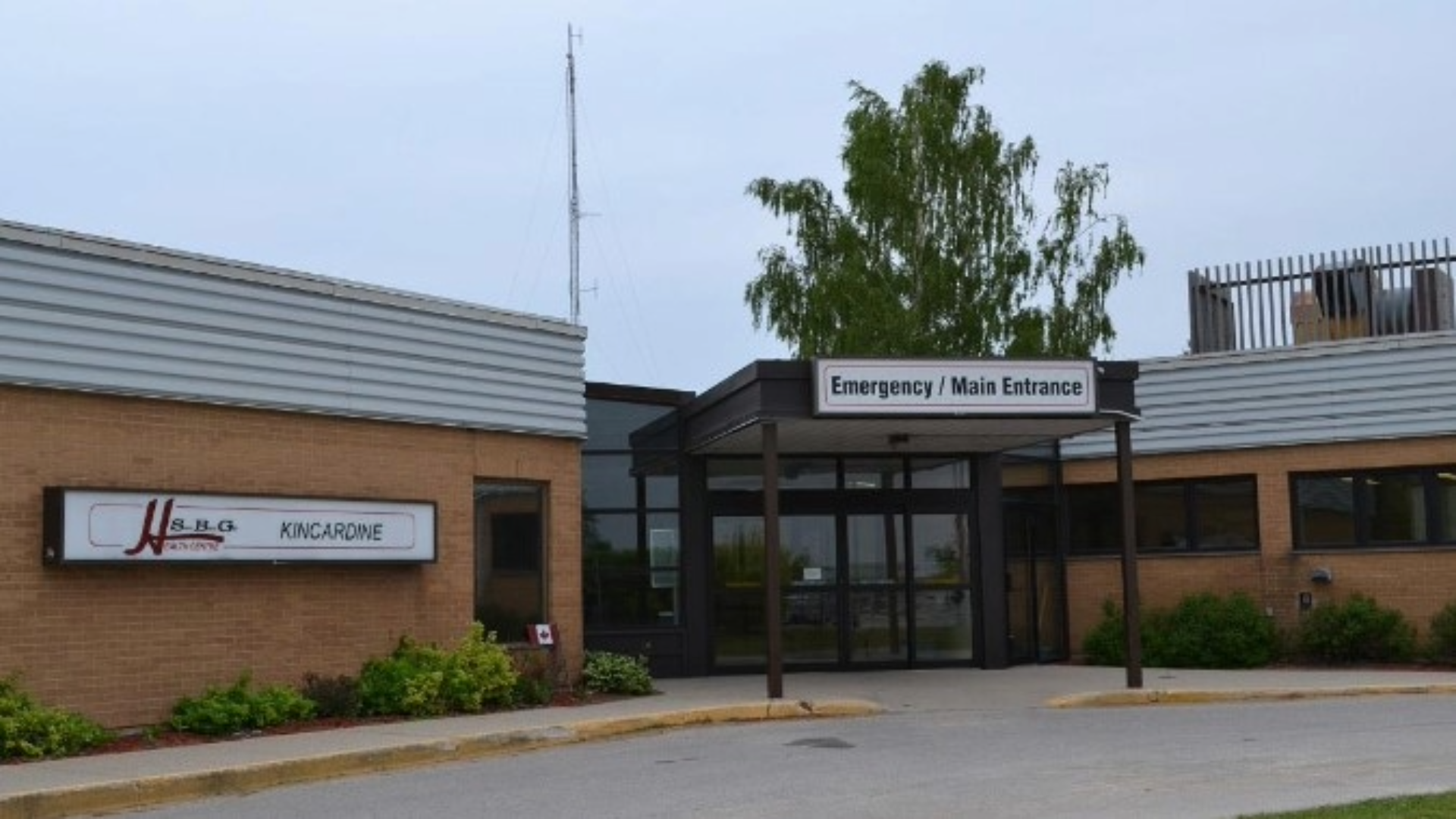
Ishac v Ontario (Health Insurance Plan) – Pectoral Implant Removal Not Covered by OHIP
In Ontario, the line between an insured health service and an elective cosmetic procedure can sometimes seem blurry. The Ontario Health Insurance Plan (OHIP) is

Receiving high-quality healthcare is one of the most important concerns for all Canadians.
Being a medical malpractice lawyer, I only see those unfortunate few patients who are left to pick up the pieces of their lives after falling through the cracks of our imperfect healthcare system. For many of them, the consequences to their lives are truly devastating.
A lot of people ask me whether I think medical malpractice is on the rise in Canada. My first-hand knowledge of this comes only from the number of new intakes I receive, which have been steadily increasing over the years.
However, I recognize that my subjective experience of hearing more and more people concerned about the care they receive isn’t exactly proof that medical negligence is worsening in our country. So I decided to do some independent research to see if there is some quantifiable data out there to prove what I believe is to the case, that falling victim to medical malpractice has become more of a problem for Canadians than ever before.
Any person that has ever been to a doctor or hospital would naturally have an opinion on what constitutes medical malpractice. Within the general public there are some that believe any bad outcome from medical treatment counts as medical malpractice. This is not true.
Medical malpractice or medical negligence is firmly rooted in tort law, which allows a person to legally recover financial compensation from another party that negligently caused them harm.
Medical malpractice is therefore typically defined as any act or omission by a healthcare professional that falls below a reasonably expected standard of care and causes harm or injury to a patient. This can include errors in diagnosis, treatment, medication administration, surgical procedures, and failure to provide proper follow-up care. Whether a particular bad patient outcome might constitute medical malpractice is a whole other topic which I cover in detail in another post: Can I Sue for Medical Malpractice?
With the assistance of two reliable sources, it is possible to gain a better understanding of whether medical malpractice is on the rise in Canada. As set out below, I have reviewed data from two sources:
The CMPA is a mutual medical defence organization for Canadian physicians. It protects the professional integrity of physicians and promotes safe medical care in Canada. It is not an insurance company.
The CMPA publishes annual reports every year to the public. This provides helpful data to better understand whether medical negligence may be increasing in Canada year over year. The three datasets I have summarized below are:
The datasets span a 5 year period from 2019 to 2023.
Although this data is helpful, there are important limitations:
This data reflects the number of legal actions or lawsuits commenced against Canadian physicians in a given year alleging negligence. From 2019 to 2023 the number of lawsuits has gone from 854 to 979. This is an increase of approximately 15% over 5 years.
This number is still relatively small when you consider that the population of Canada is now over 41 million people. When you think of all the people receiving medical care over a period of a year across the country and this results in less than a thousand medical malpractice lawsuits, it seems like a relatively small number.
The CMPA will typically assist a physician who is the subject of a complaint to the College of Physicians and Surgeons of Ontario (the “CPSO”).
The CMPA keeps track of how many CPSO matters they open in a given year. A CPSO complaint could arise from a wide-variety of matters. In my experience, most of the ones I have seen arise from an allegation of substandard care, however, some may arise from allegations of sexually inappropriate behaviour, or other conduct unbecoming of a physician that is not clinical in nature.
As noted above, not every CPSO complaint necessarily has merit. Many result in no further action being taken by the regulators. For more information on whether you should make a CPSO complaint against your physician, read this post: CPSO – Should I Make a Formal Complaint Against my Doctor?
The CMPA data shows a small increase in CPSO matters for physicians in Canada, from 4827 in 2019 to 5135 in 2023. This only represents a 6% increase over this time period. It is also worth noting there was a significant drop in CPSO complaints in 2020, likely related to the COVID-19 global pandemic.
The CMPA publishes how much compensation is paid to patients harmed by physician medical malpractice every year.
This is probably the strongest metric in quantifying a change in incidence of medical negligence as, unlike the number of lawsuits or CPSO complaints some of which may lack merit, compensation is only paid to patients who have been successful in proving malpractice, either through a negotiated settlement with the CMPA or a successful judgment after a trial.
The amount of compensation paid across the country to victims of medical malpractice has increased from $223 million in 2019 to $308 million in 2023. This represents a very significant increase of 38% over a 5 year period.
The Canadian Institute for Health Information (the “CIHI”) is an independent, not-for-profit organization that provides essential information on Canada’s health systems and the health of Canadians. The CIHI provides comparable and actionable data and information that is used to accelerate improvements in health care, health system performance and population health across Canada. It is a fantastic resource for anyone wanting statistics on Canadian healthcare.
The CIHI collects data on hospital harm which captures occurrences of unintended harm during a hospital stay that could have been potentially prevented by implementing known best practices. Data from 2014-2015 to 2022-2023 can be downloaded here.
This data represents the number of hospitalizations where at least one harmful event occurred, per 100 hospitalizations.
According to the data, in 2014-2015, at least one harmful event occurred in 5.3 of every 100 hospitalizations. This rate has risen to 6.0 in 2022-2023 representing an increase of 13% over this time period. It is interesting to note that the harmful event rate was fairly consistent at around 5.4 up until 2020 when it jumped to 5.9.
This data suggests a significant increase in preventable harmful events in hospitals after COVID-19.
It is my belief that actionable medical malpractice claims are on the rise in our country. This impression comes not only from a 20 year career in litigating medical malpractice claims but also from the data above which all point to an increased concern for harmful medical negligence.
In my opinion, there are a number of reasons why medical malpractice is on the rise in Canada:
I do not believe that there has necessarily been an increase or decrease in competency. There have always been and always will be cases of individual physician or healthcare incompetence.
Subjectively, I have, however, seen an increase in bad outcomes for patients who are delayed in treatment by the medical system, such as not being transferred from one facility to another for definitive treatment in a timely manner, or not having a post-operative complciation acted on promptly before it escalates to a dire situation.
Although each case comes down to the individuals involved and the decisions they make at the time, it is not surprising that there appears to be a rise in medical errors when medical resources are scarce and stretched to new limits.

In Ontario, the line between an insured health service and an elective cosmetic procedure can sometimes seem blurry. The Ontario Health Insurance Plan (OHIP) is

On February 11, 2019, Bradley McKee stabbed his father, William McKee, to death. At the time of the stabbing, Bradley was 27 years old; he

On August 22, 2025, a judge of the Ontario Superior Court of Justice found emergency medicine physician Dr. Angela Cavanagh negligent for not referring a

On August 14, 2025, the Court of King’s Bench of Alberta found Dr. Mark Guhle liable for over $16,500,000 for medical malpractice leading to the